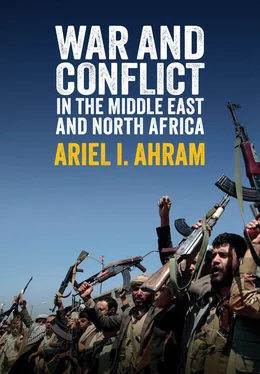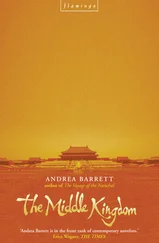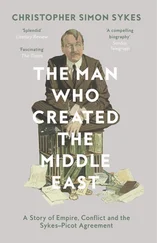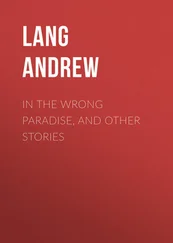In the 1990s, there was a push to expand definitions of what war was, why it happened, and what its effects were. Some argued that war had assumed entirely new features, with different kinds of antagonisms and involving different – often non-state – antagonists. Political scientist Mary Kaldor, for one, suggested that these “new wars” did not involve a contest of combatants’ political wills, as Clausewitz had suggested. Instead, the combatants treated war as an opportunity for commercial expansion, not political victory. As a result, war is self-perpetuating as actors reproduce political identity and seek to further narrow economic interests. 5For some analysts, these characteristics suggested that these contests were not war at all, but something different and apart. For others, though, there was little novel in these supposedly “new wars,” as profit and power had commingled in war for centuries. 6
The advent of human security dovetailed with this broadening concept of war. Traditionally, the academic field of security studies focused on explain military victory in the pursuit of national security. Accordingly, when measuring the impact of war, this approach focused on ascertaining damage inflicted by and upon professional armies. The human security approach, though, insisted on considering harms civilians suffer as equally worthy objects of inquiry. If war was indeed a social process, then the civilian experience had to be regarded as a salient explicandum. 7The emphasis on human security inspired new efforts to catalog and categorize wars. Scandinavian researchers associated with the Peace Research Institute Oslo (PRIO) and Uppsala University’s Conflict Data Program (UCDP) created what is now the most comprehensive database on conflict in the post-1945 era. Again, this periodization matters. The year 1945 is often cited as a critical juncture, with the beginnings of decolonization and independence for countries of the developing world. These countries had been (and probably still are) systematically underrepresented in traditional security studies approaches, even though they contain the bulk of the world’s population and the bulk of its conflicts. The types of war in these regions differed from what CoW had aimed to measure. As the PRIO/UCDP effort showed, after 1945 most wars were fought not between countries, but within them. These wars overwhelmingly occurred in the developing world.
In terms of organizational bases, such internal wars are highly variegated. Some internal wars involve two (or more) sides fielding more or less conventional military structures of roughly equal stature waging battles to control clearly demarcated territories. Some are more asymmetrical, with conventional and centralized state armies fighting against irregular forces that are loosely organized and militarily weak. These opposition forces are variously dubbed guerrillas, insurgents, or militias, or, less sympathetically, bandits and criminals. They rarely control much territory but wage a low-level campaign to disturb state control. Finally, in some circumstances both state forces and rebels are relatively weak or decentralized. The distinction between rebel fighter and state forces becomes less distinct, comporting with the “new wars” hypothesis about apolitical war. 8Additionally, internal wars often attract outside intervention, leading to distinctly “internationalized” dynamics in which foreign powers provide belligerents with economic, political, and military support.
Terrorism is closely tied to internal wars. Terrorism is almost necessarily a pejorative term. No one self-defines as a terrorist or deems their actions as terrorism. Security scholars Tarek Barkawi and Mark Laffey described the use of the term as a categorical error which delegitimizes resistance to Northern domination by non-state actors. 9Other specialists have developed more workable and perhaps useful definitions of the concept of terrorism, but acknowledge that the designation is problematic. 10Nevertheless, the specter of terrorism holds unique valence in the Middle East, especially when conjoined with concerns about “resurgent” or “radical” Islam. 11The US invasions of Afghanistan in 2001 and Iraq in 2003 were couched in a discourse about a “global” war on terror. The unquestionable focus of the campaign, however, was predominantly Muslim regions of MENA and nearby Central Asia. This phrasing was counterproductive from an analytic or strategic perspective. It did, however, have the discursive advantage of simultaneously ennobling the United States’ actions while denigrating its opponents as illegal combatants who were not entitled to the kinds of protections stipulated in international laws of war. 12Such discourse continues today. An American think-tank report, for instance, opines that “radical Islamist terrorism in its many forms remains the most immediate global threat to the safety and security of US citizens at home and abroad, and most of the actors posing terrorist threats originate in the greater Middle East.” 13
Over the last seven decades, MENA offers examples of interstate wars, internal wars, and internationalized civil wars. But not all of these types of conflicts were evident the whole of this time. They appeared in different times and places. Examining these intra-regional differences and comparing MENA to global trends is a useful entry point to assessing the peculiarities of violence in the region.
First Cut: Frequency of War
The first cut at an answer about whether MENA is particularly conflict prone comes by comparing the number of conflicts within the region to the rest of the world. Figure 1.1 uses the PRIO/UCDP data to tally every type of conflict that occurred each year between 1945 and 2016. Figure 1.2 calculates the number of wars in MENA annually as a percentage of the global total.
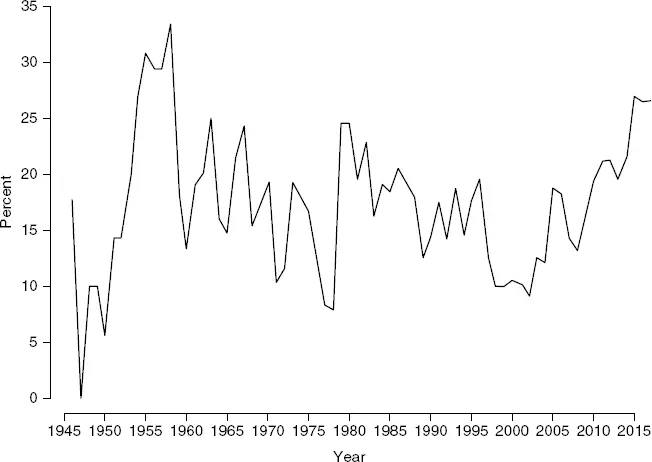
Figure 1.1 Percentage of conflict in MENA countries
Source: Peace Research Institute, Oslo/Uppsala Conflict Data Project, data available at https://www.prio.org/Data/Armed-Conflict/UCDP-PRIO/ ; Nils Petter Gleditsch et al., “Armed Conflict 1946–2001: A New Dataset,” Journal of Peace Research 39, no. 5 (2002): 615–37.

Figure 1.2 Number of conflicts by year
Source: Peace Research Institute, Oslo/Uppsala Conflict Data Project, data available at https://www.prio.org/Data/Armed-Conflict/UCDP-PRIO/ ; Gleditsch et al., “Armed Conflict 1946–2001: A New Dataset.”
The results show that while MENA has had decadal spikes in conflict episodes, there have also been years in which the region has been comparatively peaceful. From 1980 until 2000, war in MENA declined both in absolute number and in global proportion. Put another way, the rest of the world experienced more conflicts, but MENA remained stable or declined. Looking at the conflict frequency statistics from 1960 to 2003, PRIO researchers concluded that Asia and Africa were just as conflict prone as MENA or even more so. 14
At the same time, it is worth noting that since around 2003 the number of conflicts worldwide has increased dramatically. This increase is driven at least in part by the spike in conflict within MENA itself.
Zooming in on the regional perspective produces an interesting insight into how these wars and conflicts are distributed across the region (Figure 1.3). Certain countries, like Israel and Iraq, have been in continual war over the last seven decades. By contrast, countries like Oman, Tunisia, Kuwait, and Saudi Arabia have seen relatively infrequent and short-lived conflicts (at least until recently). This is not to say that these states were wholly pacific. Rather, it is to suggest that the impact of war-making and its ancillary effects on state and society vary within the region.
Читать дальше
